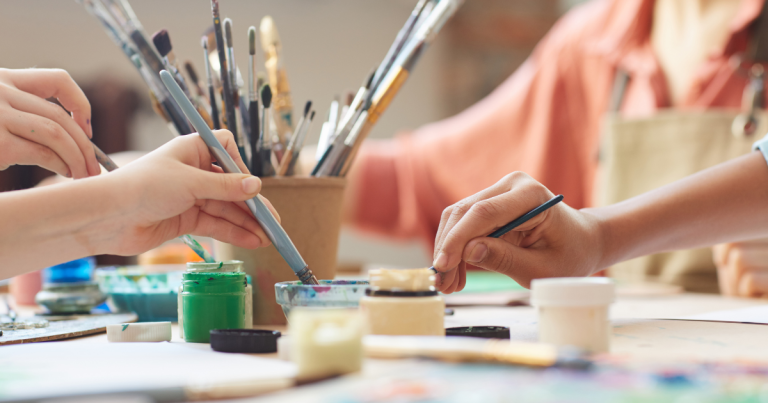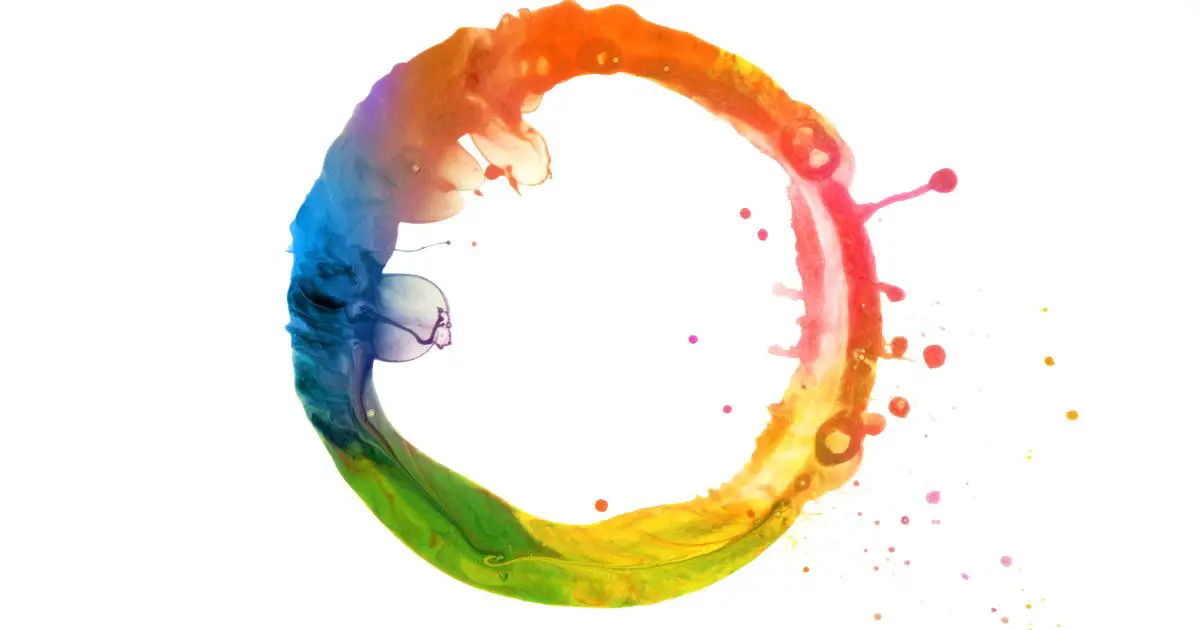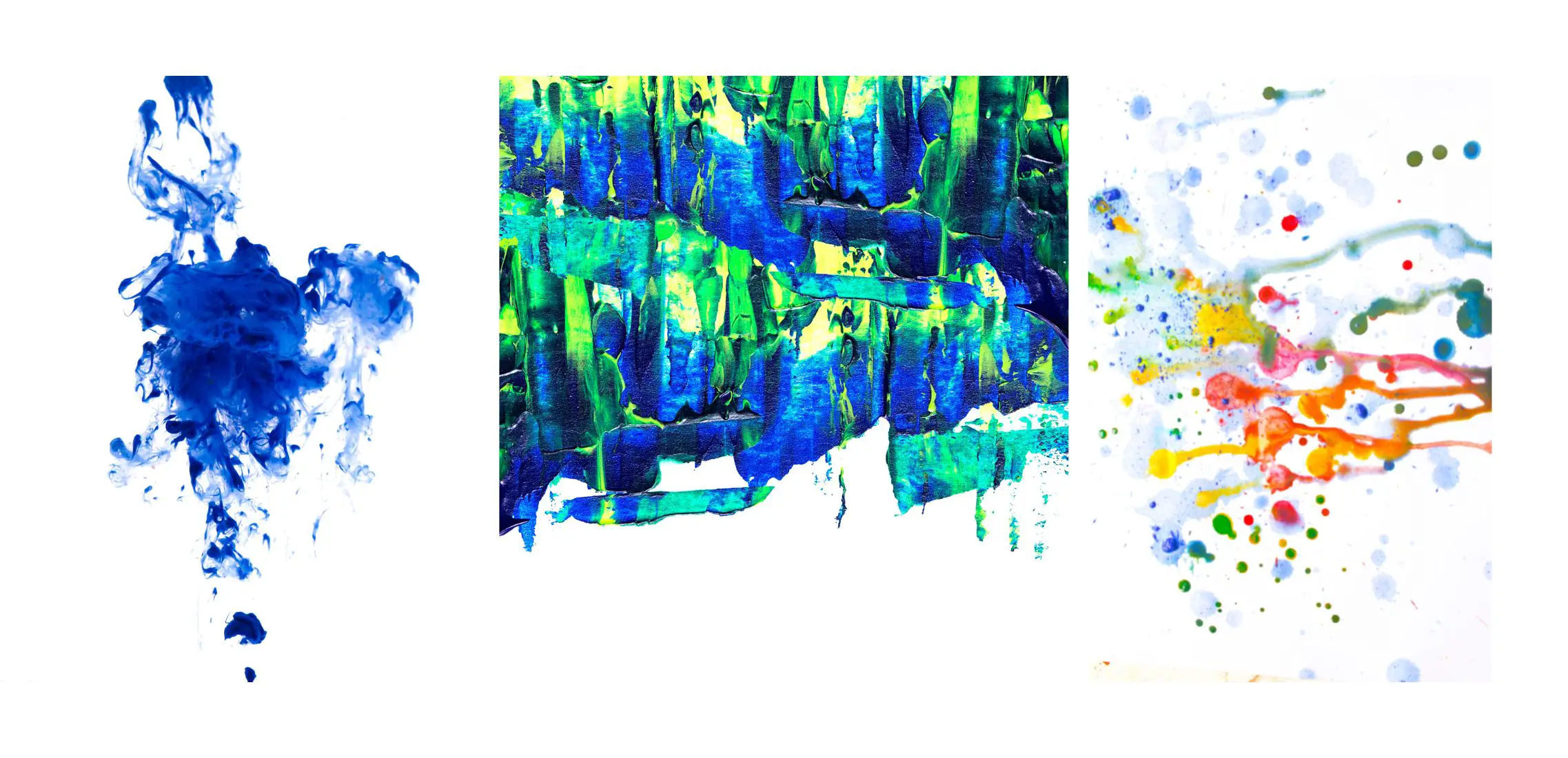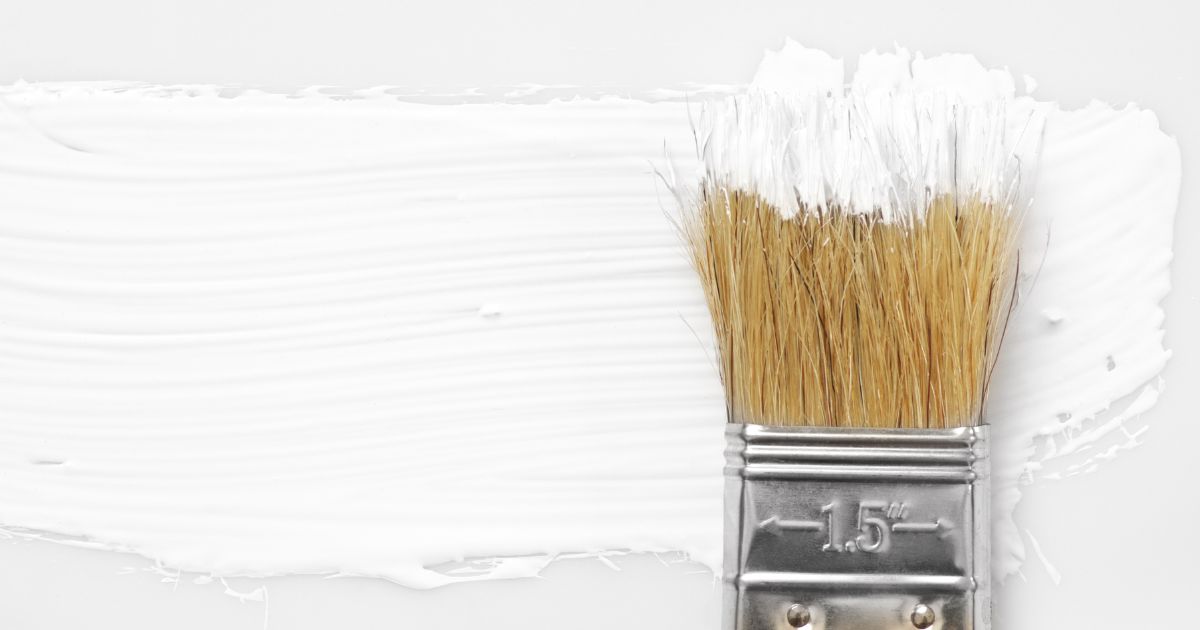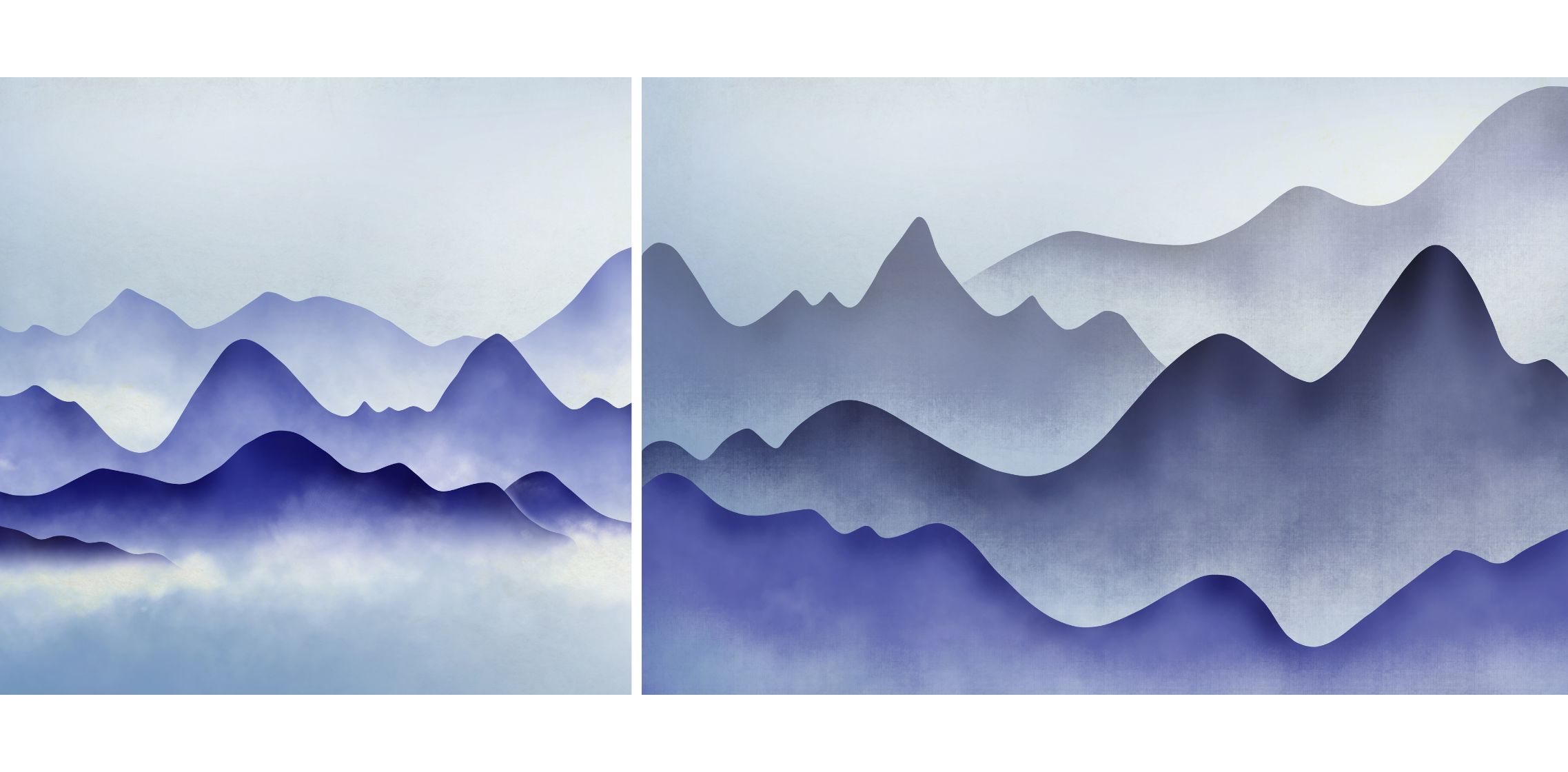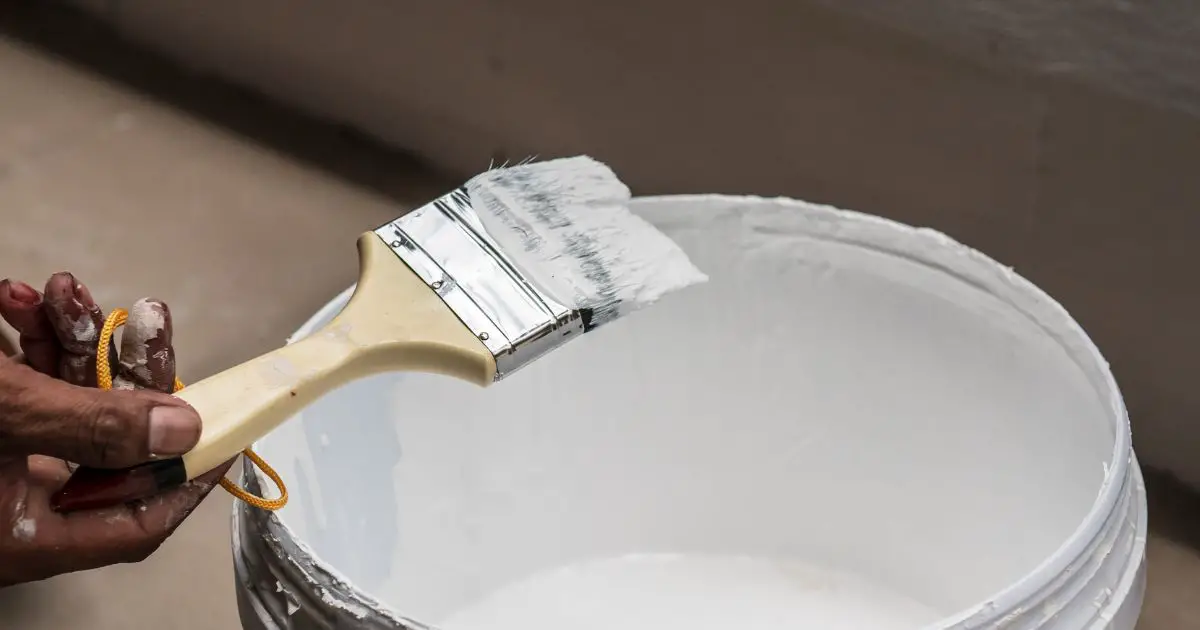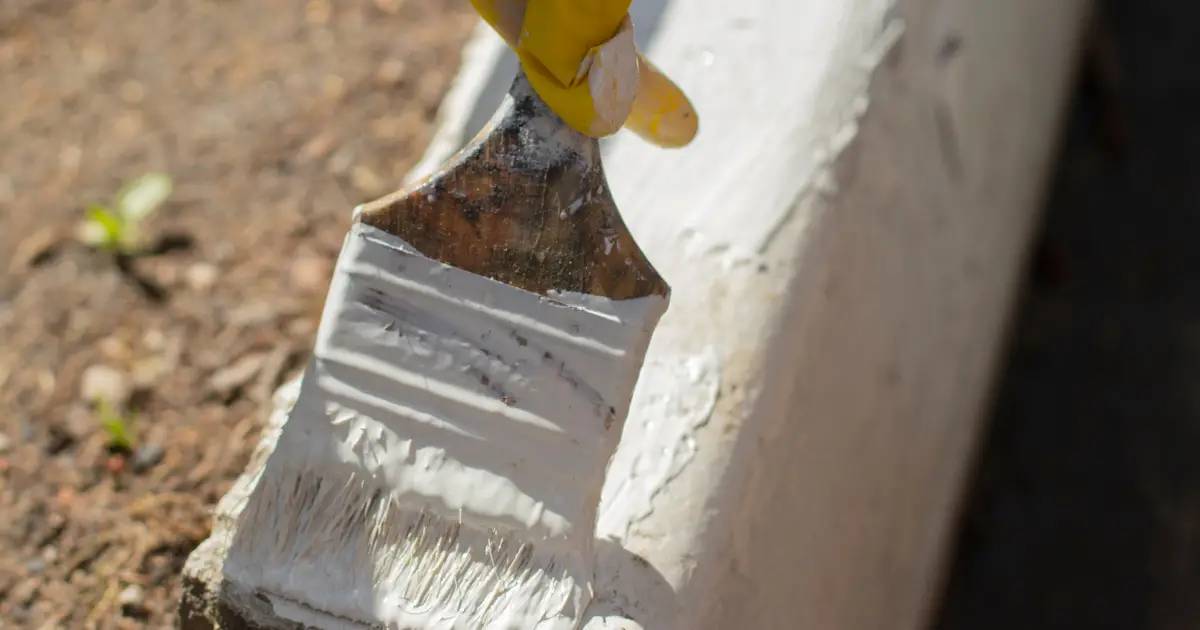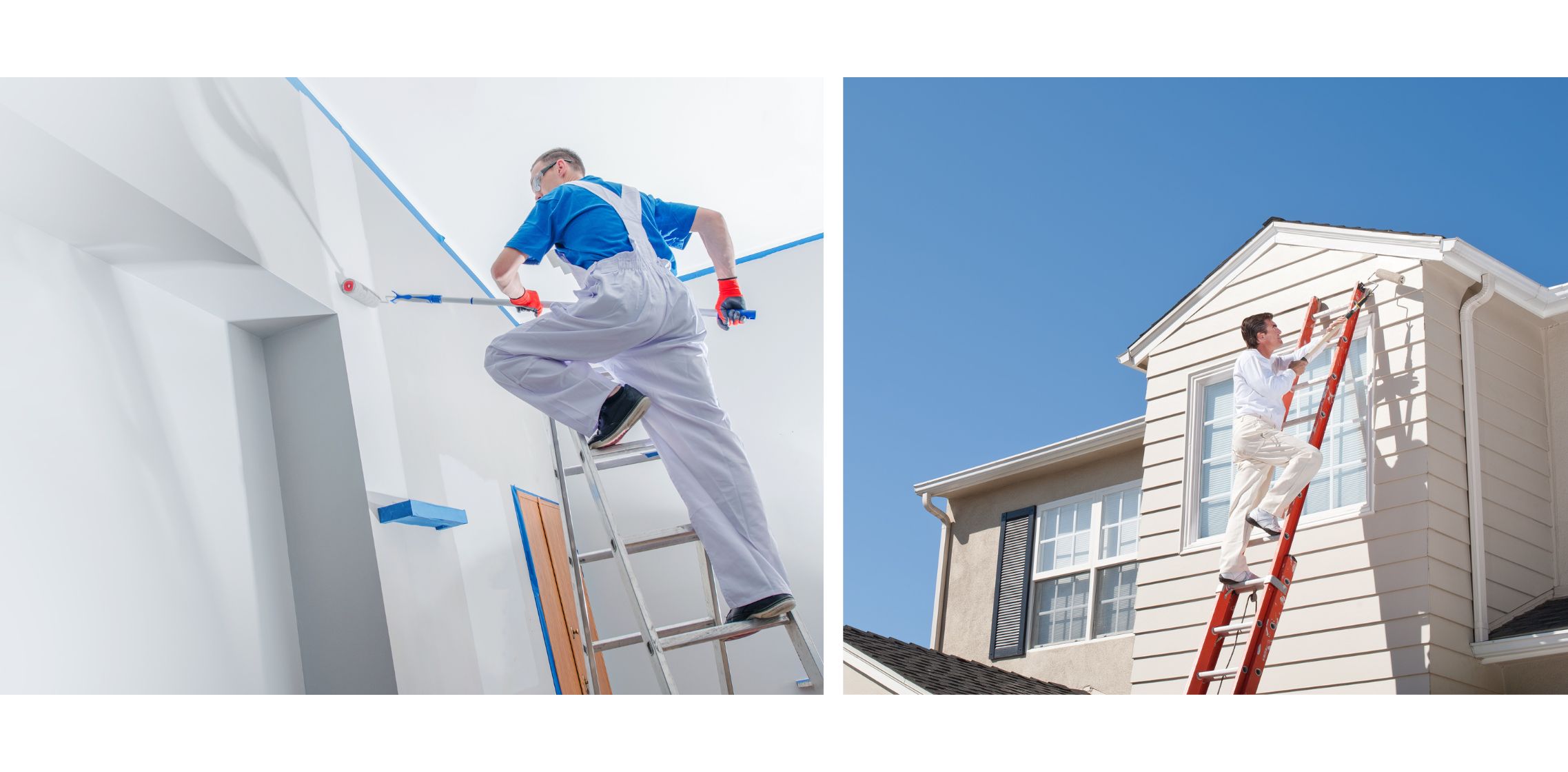Yes, watercolor can be used on wood. The key is to use a sealer before painting to protect the wood from moisture. Watercolor paint is applied in thin layers, so it dries quickly and does not require a lot of prep work.
- Begin by sanding down the wood surface that you will be painting on
- This will help to create a smooth surface for the watercolor paint to adhere to
- Next, apply a layer of gesso or primer to the sanded wood surface
- This will help the watercolor paint to better adhere and also provide a white background if desired
- Once the gesso or primer is dry, you can begin painting with your watercolors! Experiment with different techniques and colors to create your desired effect
- When you are finished painting, allow the piece to completely dry before adding any type of sealer or varnish
- This will help to protect your beautiful creation!
Adding Watercolor to Wood
How to Use Watercolor on Wood
Watercolor is a beautiful and unique medium that can be used to create stunning artwork on wood. When done correctly, watercolor on wood can have a luminous quality that really makes the colors pop. Here are a few tips on how to use watercolor on wood:
- Choose the right type of wood. Watercolor paint will adhere better to smooth surfaces, so avoid using rough or textured woods. Sandpaper can be used to lightly sand down any roughness on the surface of the wood.
- Prime the surface of the wood before painting. This will help ensure that your paint adheres properly and doesn’t bleed through to the other side. You can either use gesso or white acrylic paint as a primer. Just make sure to let it dry completely before starting to paint.
- Use high-quality watercolor paints. Cheap paints may seem like they’ll save you money in the short run, but they won’t produce as nice of results and may not even work well on wood surfaces. Invest in some good quality paints from a trusted brand like Winsor & Newton or Daniel Smith.
- Paint in thin layers. Watercolors are transparent by nature, so painting in thin layers will allow you to build up the color gradually while still allowing some of the wood grain to show through (which can be nice). If you try to apply too much paint at once, it will likely just end up looking muddy and uneven. So take your time and build up those layers!
- using varnish or shellac as a final topcoat. This isn’t strictly necessary, but it can help protect your finished painting from damage (especially if it will be hung outdoors). Make sure to let your painting dry completely before applying any sort of topcoat though – otherwise, you risk ruining all your hard work!
How to Seal Watercolor Painting on Wood
Watercolor paintings are beautiful, but they can be delicate. If you’re planning to frame your painting or hang it on a wall, you’ll need to seal it first. There are a few different ways to do this, and the best method will depend on the type of paint you’re using and the finish you want.
If you’re using water-based paint, you can seal it with a clear acrylic sealer. This will protect your painting from damage and fading caused by sunlight and other environmental factors. You can apply the sealer with a brush or spray it on, depending on your preference.
Just make sure that the sealer is compatible with your paint; some brands don’t work well together. If you want a glossy finish for your painting, you can use shellac. This is a natural resin that’s been used for centuries to protect wood surfaces.
It’s easy to apply and gives your painting a nice shine. However, it’s not as durable as an acrylic sealer and won’t last as long. Oil-based paints require a different type of sealer altogether.
You’ll need to use an alkyd resin varnish if you want to protect your oil painting from damage. This type of varnish is more durable than shellac and will give your painting a nice gloss finish.
What Surfaces Can You Use Watercolor on
Watercolor is a paint made of pigment suspended in a water-based solution. It is usually transparent and has a luminous quality when applied to paper. Watercolors can be applied to many different surfaces, such as paper, fabric, wood, and glass.
Paper is the most common surface for watercolor painting. There are many different types of paper available, each with its own texture and absorbency level. Watercolor paper is typically white or off-white and has a smooth surface.
It is important to choose the right type of paper for your project; if the paper is too absorbent, the paint will dry quickly and become difficult to work with. If the paper is not absorbent enough, the paint will sit on top of the surface and may eventually peel off. Fabric can also be painted with watercolors.
Cotton fabrics work best, but linen and silk can also be used. The fabric must be prewashed before painting to remove any sizing that could affect the absorbency of the paint. Once the fabric is dry, it can be stretched onto an embroidery hoop or frame to keep it taut while you work.
When finished, the painting can be heat set to make it permanent. Wood surfaces can provide a unique look for your watercolor painting. Smooth surfaces like plywood or canvas board work well, but you can also experiment with textured woods like pinecones or bark chips.
The key is to sand down any rough edges so that they won’t catch on your brush bristles and create unwanted texture in your painting. Glass surfaces can also be painted using watercolors; however, it’s important to use special glass paints that are designed specifically for this purpose (regular watercolors will not adhere properly).
Water Color Paint
Watercolor paint is a type of paint made with finely ground pigment suspended in water. The resulting mixture can be used to create vibrant and beautiful works of art. Watercolor painting has been around for centuries, and its popularity has only grown in recent years.
Thanks to its versatility and ease of use, watercolor paint is a great choice for both beginner and experienced artists alike. If you’re interested in trying your hand at watercolor painting, here are a few tips to get you started:
- Choose the right paper: The watercolor paper should be heavy-duty enough to withstand wet brushstrokes without warping or buckling. Look for papers that are specifically labeled “watercolor” or “art.”
- Pre-wet your paper: Before you start painting, lightly mist your paper with water using a spray bottle. This will help prevent your colors from drying out too quickly as you work.
- the right brushes: Watercolor brushes come in all shapes and sizes, so it’s important to choose the ones that are best suited for the type of painting you’re doing. For detailed work, look for smaller brushes with fine bristles; for larger areas, go with bigger brushes with softer bristles. In general, natural hair brushes (like Sable or Squirrel) tend to work better than synthetic ones.
- Load up your brush: When dipping your brush into the paint, be sure to load up enough color – otherwise, you’ll end up with watered-down hues on your paper. But don’t overload the brush either; if there’s too much paint on it, it will take forever to dry! Experiment a bit until you find the perfect balance.
Can You Use Watercolor on Canvas
Watercolor on Canvas Can you use watercolor on canvas? The short answer is yes!
Watercolor can be a beautiful and unique addition to your canvas paintings. Here are a few things to keep in mind when using watercolor on canvas:
- Use of quality watercolor paint. Cheap paint may not produce the results you want.
- Make sure your canvas is properly primed for watercolors. This will help the paint adhere better and prevent it from seeping through the canvas.
- Experiment with different techniques to find what works best for you. Watercolor painting takes practice, so don’t get discouraged if your first attempt isn’t perfect.
Watercolor Ground
The watercolor ground is a white or colored surface that provides a foundation for your painting. It can be made from different materials, such as paper, fabric, or even glass. Watercolor ground allows you to create various effects and textures in your painting.
There are many different types of watercolor grounds available on the market. You can choose from traditional papers to modern fabrics. Different materials will provide different results, so it’s important to experiment with a few before finding the one that’s right for you.
The watercolor ground can be applied in multiple layers to build up texture and depth. It can also be used wet or dry, depending on the effect you’re trying to achieve. Wetting the surface before painting will allow you to create softer edges and blended colors.
If you’re new to watercolors, start with a basic white paper ground. This will give you a clean slate to work with and help familiarize yourself with the medium. Once you’re comfortable with painting on the watercolor ground, experiment with different colors and surfaces to find the ones that best suit your style.
Can You Use Acrylic Paint on Wood
Acrylic paint is a versatile medium that can be used on a variety of surfaces, including wood. While there are some differences between working with acrylics on wood and other surfaces, the basic process is the same. Here are a few tips to help you get started painting with acrylics on wood.
Before you start painting, it’s important to prepare your wood surface. If the wood is unfinished, sand it smoothly and then wipe away any dust before proceeding. If the wood is finished, you’ll need to rough up the surface so that the paint will adhere properly.
You can do this by sanding lightly or using a chemical stripper. Once your surface is prepared, you’re ready to start painting! When working with acrylics on wood, it’s best to use a primer before applying your paint.
This will help ensure even coverage and prevent the paint from soaking into the grain of the wood. Once your primer is dry, apply your acrylic paint in thin layers, allowing each layer to dry completely before adding another. When you’re finished painting, seal your work with a varnish or lacquer for added protection.
With these tips in mind, you can easily use acrylic paints on wood surfaces to create beautiful works of art!
Watercolor on Panel
Watercolor on panels has been a popular medium for centuries. The first recorded use of watercolors on panels dates back to the 13th century in China. Watercolor paintings were also popular in Europe during the Renaissance period.
One advantage of painting with watercolors on a panel is that it provides a smooth surface to work on. This can be helpful when trying to achieve delicate brushstrokes or fine details. Additionally, working on a rigid surface can help prevent your paint from drying out too quickly and making a mess.
If you’re interested in giving watercolor on a panel a try, it’s important to choose the right type of panel for your project. Watercolor panels come in various sizes, materials, and textures. You’ll want to select a size that’s appropriate for your painting and make sure the material is suitable for use with water-based media.
Once you have everything you need, follow these simple steps to get started:
- Begin by preparing your panel by priming it with gesso or another suitable primer. This will create an ideal surface for your painting and help your colors stay true when dry.
- Wet your brush and load it with paint before applying it to the primed panel. Work wet-into-wet if you want softer edges or allow each layer of color to dry completely before adding the next one for more defined lines and shapes
- Experiment with different techniques until you find ones that suit your style. There’s no wrong way to paint with watercolors so have fun and see what works best for you!
How Do You Adhere Watercolor to Wood?
Watercolor is a beautiful, ethereal medium. But it can be frustrating when you want to adhere your artwork to wood because watercolors are notoriously difficult to attach to surfaces. Here are a few tips on how to successfully adhere watercolor paintings to wood:
- sure the wood is clean and free of dust before you start. A smooth, clean surface will help ensure that your painting adheres evenly.
- . Use a good-quality adhesive. This is especially important if you’re working with larger pieces of art or heavier papers. Some craft glues may not be strong enough to hold up over time.
- Apply the adhesive sparingly. Too much glue can cause warping or wrinkling in your paper, so use just enough to get a good seal.
- Be patient! Many adhesives need time to dry completely before they’re fully effective. If possible, allow your piece to dry overnight before moving on to the next step in your project.
Can You Use Watercolor Ground on Wood?
Yes, you can use the watercolor ground on wood. This can be a great way to add color and interest to your project. The watercolor ground is a type of paint that is specially formulated to be used on non-porous surfaces like glass or metal.
It is also made to be used with watercolors. When using watercolor ground on wood, you will need to sand the surface first to create a smooth base for the paint. Once the surface is prepared, you can begin painting.
Be sure to use a light touch when applying the paint, as it can easily become streaky. Work in small sections and build up the color gradually for best results.
What Can You Use Watercolor Paint On?
Watercolor paint is a type of paint that can be used on many different types of surfaces. The most popular surface to use watercolor paint on is paper, but it can also be used on fabric, wood, and glass. Watercolor paint is made with pigment and water, and it is usually transparent.
This means that the color of the paint will show through whatever surface it is applied to. Watercolor paint can be applied with a brush, a sponge, or even a spray bottle.
Conclusion
Yes, you can use watercolor on wood. You will need to prime the wood first with a gesso or acrylic primer. Then you can paint your design onto the wood using watercolors.

